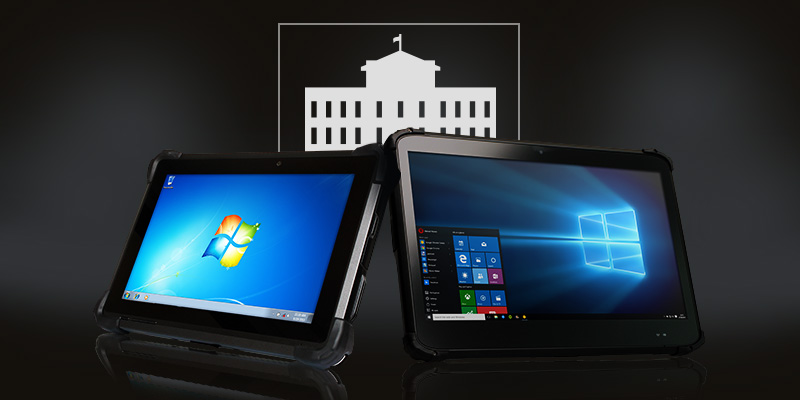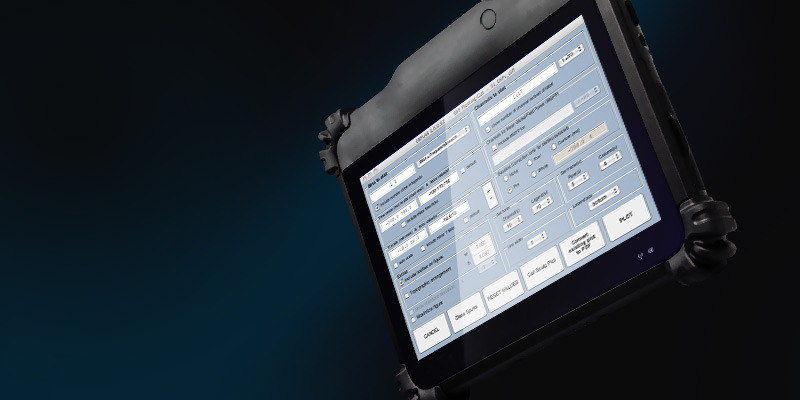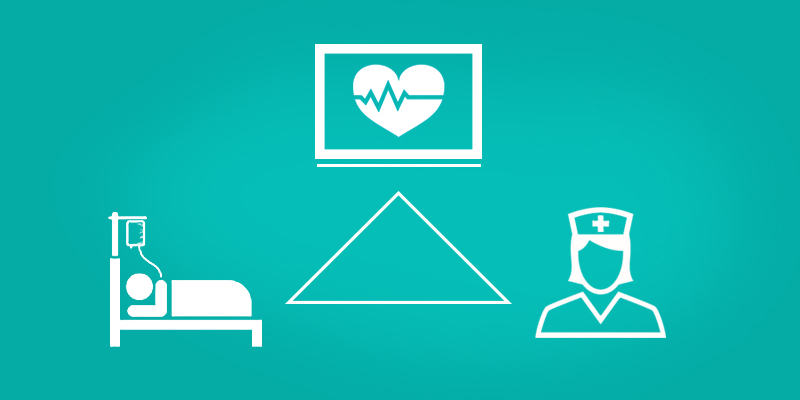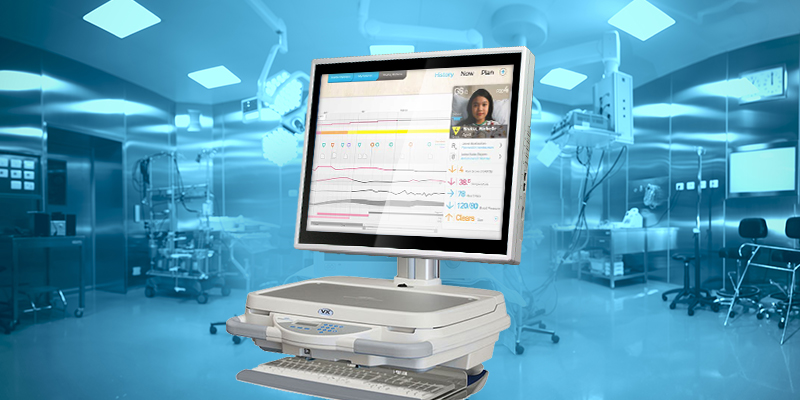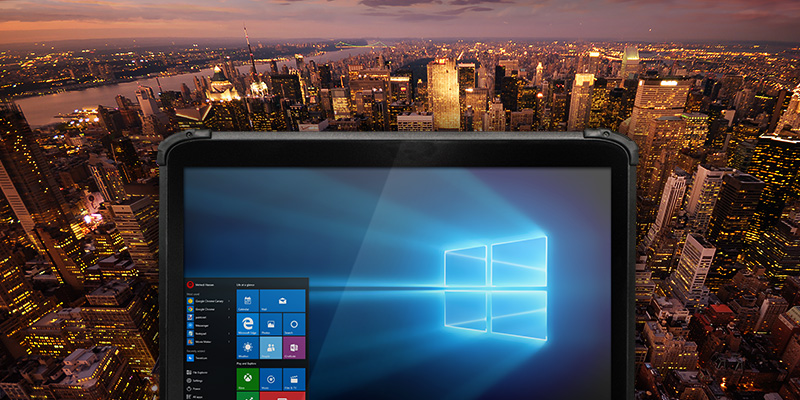 As cities and communities continue to grow, the need for technology and innovation that keeps pace is crucial. The public sector requires tools, software, and devices that meet this need, and rugged tablets fit the bill. The design and operation of city and county services can be enhanced in many ways by mobile tech, and the public sector can benefit hugely by getting on board sooner rather than later; embracing the potential that mobile tech offers.
As cities and communities continue to grow, the need for technology and innovation that keeps pace is crucial. The public sector requires tools, software, and devices that meet this need, and rugged tablets fit the bill. The design and operation of city and county services can be enhanced in many ways by mobile tech, and the public sector can benefit hugely by getting on board sooner rather than later; embracing the potential that mobile tech offers.
Why Rugged Tablets?
Rugged tablets provide a fundamental, adaptive, and obsolescence-resistant mobile computing platform which can provide long-term investment protection for government agency initiatives. They also provide a low CAPEX and render a higher ROI than any other mobile PC solution, including smartphones and laptops or notebook PCs.
Data Management
Data collection, storage, transfer, collation, and access is streamlined with mobile tech providing a fast, cost effective way to manage projects and avoid false starts, lapses in oversight, cost overruns, repeated delays, and obstacles due to aging infrastructure.
Functionality
With a rugged tablet, you get multiple functionality on one device, which is ultimately cost effective. Theres no need for separate devices to embody each peripheral no need for a separate camera, barcode scanner, GPS device, mag stripe reader, or monitor. A keyboard or mouse to be connected to the mobile PC via USB or other plug-in becomes redundant and obsolete. The lower TCO is attractive on every level.
Sustainability
With the latest in compatible software and built with an eye to low turnover across the next 5-10 years, rugged tablets are designed to be updatable, removing the need for constant upgrades. When combined with the built in durability, this feature lowers the costs of replacement over time, as devices can be used for the long run.
Savings
The savings over traditional wire systems are obvious a one time network installation provides a wireless option that every device can tap into instantly without the need for physical wiring or the upkeep that aging wired services require.
Security
The same closed network offers a higher level of security, with wireless encryption that cannot be hacked through traditional wired access points.
All of these features are reasons why federal, state, and municipality organizations across the nation are well advised to invest in rugged tablets to support today’s and tomorrows projects.


